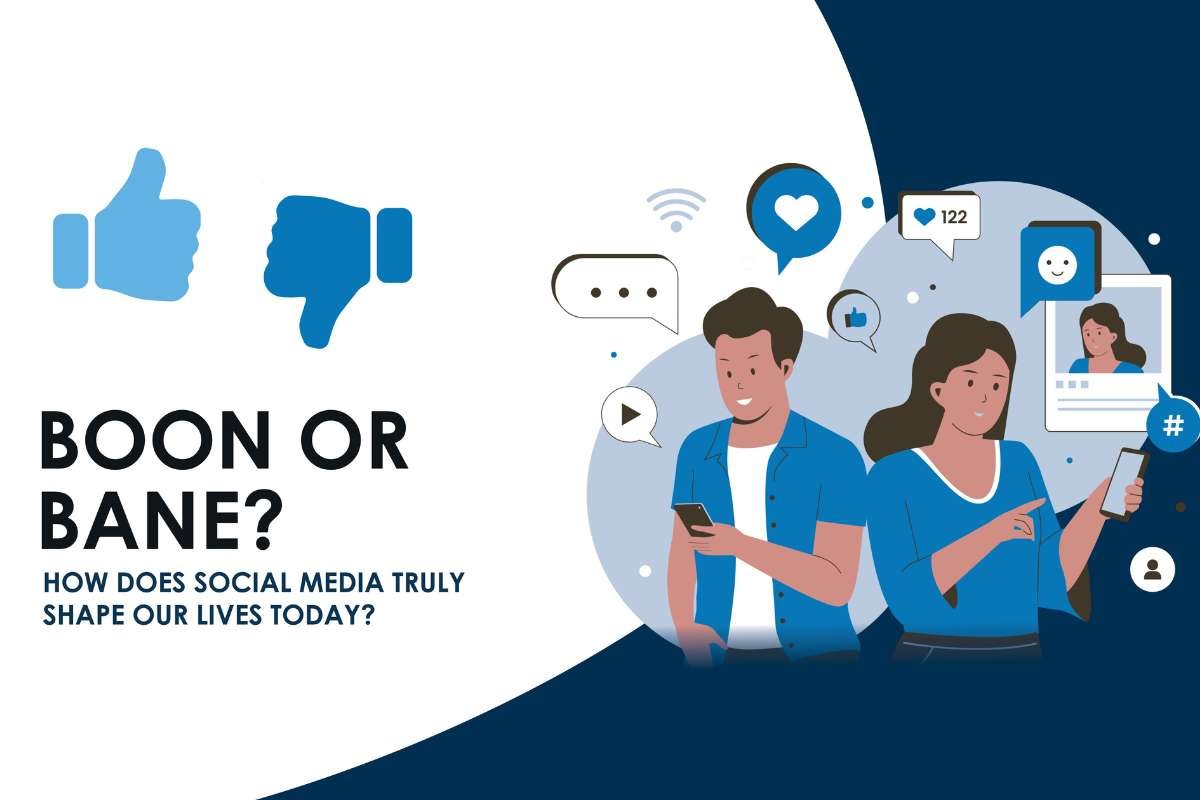Authored by Girish Rowjee, Co-Founder & CEO, greytHR
The COVID-19 pandemic forced many organisations across the globe to adopt a
work-from-home (WFH) mode of working since early 2020. While this was done in order to maintain social distancing at the workplace, many employees have since shifted their preferences towards WFH. There is a marked change in how they perceive an ideal work-life balance, bringing about a tectonic shift in workplace dynamics. Additionally, challenges such as higher job insecurity and increasing demand for job personalisation need to be addressed for retaining talent. This has made it imperative for organisations to employ different means for enhancing the overall employee experience. Adopting a flexible working culture and using more collaboration-focused technologies are some of the outcomes of this approach.
Let us look at aspects, if incorporated, which can enhance the overall employee experience in a hybrid workplace and help companies nurture a happy and loyal workforce.
Augmenting employee experience with technological aids
Employee experience is described as the average sum of employee perceptions about the experiential benefits of employment. Great employee experience can lead to better employee engagement, thereby resulting in better organisational effectiveness. On the flip side, bad experiences at the workplace can be detrimental for an organisation, making it important for companies to maintain a key focus on employee wellbeing.
Workflow management, pay benefits, and involvement in the organisation’s vision and mission are just some of the elements that impact employee experience today. Companies need to adopt multiple channels for communicating with their staff to understand what they lack at the workplace and take quick actions to resolve them.
Technological solutions, such as a mobile leave and attendance module, online knowledge portal and messaging app for internal communication can improve the overall working experience. By using powerful analytics provided by an advanced HRMS, organisations can also continuously evolve their HR strategy and employ innovative means to exceed employee expectations.
Alleviating challenges associated with WFH
A recent poll has indicated that 48% of employees prefer to work remotely in a post-pandemic world, necessitating companies to adopt a hybrid model of working.
This increase in demand for a flexible work environment puts the onus on employers
to recognise and mitigate challenges involved in working from home. The first step towards this is providing employees with work essentials that can improve their physical and emotional state while performing their duties.
Organisations would do well to start by furnishing employees with ergonomic workstations, introducing flexible working hours, and encouraging dedicated break times so that they can de-stress during the workday. Additionally, it is vital to accommodate an employee’s home commitments, especially relevant for women employees who may be disproportionately affected by additional familial responsibilities.
While it may not be practical to introduce all measures, companies can make sure that relevant benefits are offered to every employee. They should also provide for a degree of flexibility so that team members can comfortably manage their personal responsibilities in a remote setting.
Fostering collaboration at the workplace
With a workforce split between remote and traditional office spaces, timely and effective communication assumes critical importance to effect organisational goals. Well-defined individual goals that are aligned to the company’s mission are as important as sharing strategic updates and fostering collaboration amongst team members. A BSC survey has found that 78% of high-performing organisations have a formal process to communicate strategy by employing multiple channels of communication so as to cater to a hybrid workforce.
In such an environment, managers need to be both transparent and open to feedback from their reporting team members. This is especially pertinent when managing a crisis or reporting concerns that are impacting deliverables. Companies can facilitate this manager-employee relationship by conducting dip-stick surveys, one-on-one meetings and using team gatherings to gauge areas of improvement.
Parallelly, they can also create dedicated online groups for respective teams to communicate with each other. This will help team members to instantly connect with their peers, even when working in a WFH setting. Eventually, having an empathetic leadership is an important facet of cultivating an atmosphere of collaboration to achieve a superlative employee experience.
Empowering managers with accommodative HR policies
A recent SHRM report has shown that 78% of surveyed managers believe flexible work scheduling is an effective and non-monetary way of retaining employees. This finding begs the larger question ‒ How can HR policies be customised to suit every employee in an organisation?
While it is easy to dismiss this as being impossible, it all boils down to how the HR function can design policies and processes keeping the end- employee experience in mind. By being responsive to employee feedback and mapping an employee journey, HR policies should afford managers a degree of flexibility in order to cater to their team member’s nuanced requirements.
Policies related to work timing, weekly holiday management and overtime allowances are areas where managers should be empowered to take a call on based on individual requirements. Organisations can also automate routine HR tasks by adopting digital tools and reducing the time required to perform them. Ultimately, any improvement in the work environment can be achieved only by according the highest priority to employee experience and empathetically working towards it.
Visit greytHR for more information.


















